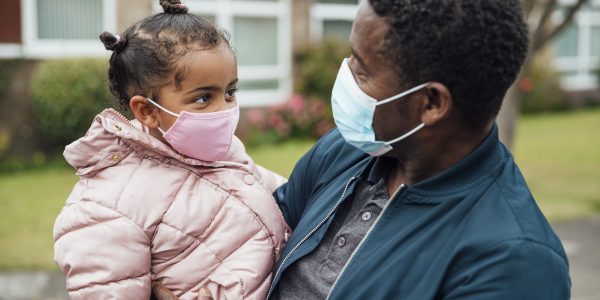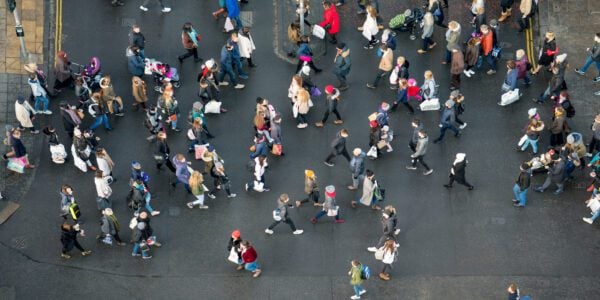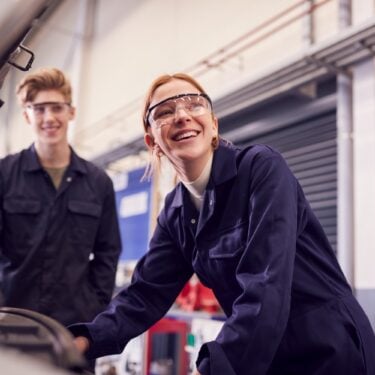Migration has altered the size and shape of the UK labour market in recent decades, but the move to a more restrictive regime since leaving the European Union won’t drive the ‘high wage‘ economy that the Prime Minister has claimed it will, according to new Resolution Foundation research.
Under new management – a report for The Economy 2030 Inquiry, a collaboration with the LSE, funded by the Nuffield Foundation – examines how the UK’s migration regime has affected the labour force in the past, and what the new regime, which restricts work-related immigration to those with higher-wage jobs, will mean for Britain’s workforce.
The expectation that restricting freedom of movement will drive change in the labour market is well-founded, says the author, as immigration has significantly altered the size and composition of the UK labour force over the past two decades.
Between 1994 and 2019, the UK labour force grew by 18% (4.9 million), with migrants comprising over three-quarters (77%) of this growth, and EU workers alone accounting for over a third (34%) of total labour force growth.
Over this period, EU migrants have become increasingly over-represented in lower-paid occupations – in part reflecting the accession of eight eastern European countries to the EU in 2004.
In 2000 both EU and non-EU migrants were more likely than UK-born workers to work in high-skilled managerial and professional roles (by 6 and 8 percentage points respectively). By 2019 however, EU workers were significantly more likely than UK-born workers to work in low-paid jobs such as plant operatives (6 percentage points) or elementary roles (9 percentage points).
The report notes that the new migration regime will mean significant change for some lower-paying industries which rely on migrant labour and typically see high staff turnover – such as food manufacturing, warehousing and accommodation – with many of their roles excluded from the new ‘skilled worker visa’.
For example, one-in-five workers (20%) in food manufacturing in 2017-19 were from the EU and would be ineligible for a skilled worker visa, meaning the sector is likely to need to change significantly or shrink in the years ahead. The food and accommodation sectors who rely on EU-workers in skilled worker visa-ineligible roles for 10% of their workforce have seen vacancies double as the economy reopened.
But despite past evidence showing that migration has a positive impact on firm-level productivity, the report argues that the impact of the new migration regime on the economy as a whole is likely to be small.
The Prime Minister’s claims that controlled migration is the key to a new high wage economic strategy are overdone. While the shrinking of low-productivity, migrant-reliant sectors like farming and food manufacturing could boost average productivity, the new regime is unlikely to have a big impact on the UK’s economy-wide productivity problem, as there is no strong relationship between changes in the share of workers that are migrants across countries and productivity growth.
Lower migration will also not deliver a big hit to the public finances that opponents of lower migration often warn of. Although the Office for Budget Responsibility find that the new migration regime could result in £2 billion savings to the public finances by 2024-25, this figure is small in comparison to other expenditures, like the £8.7 billion on COVID-19 related personal protective equipment (PPE) that the Department for Health and Social Care recently reported writing off.
Kathleen Henehan, Senior Research and Policy Analyst at the Resolution Foundation, said:
“Despite claims from both sides of the debate, the UK’s new migration regime will do little to change the UK’s economic trajectory, or its central low investment, low productivity challenges.
“Over the past two decades, immigration has had a profound effect on the size and composition of the UK’s labour force, with migrants driving over three-quarters of the growth in the workforce.
“And sectors which are particularly reliant on migrant workers – such as food manufacturing, warehousing and accommodation – are more exposed to the regime changes, which will limit firms’ abilities to hire low-paid non-UK workers in these industries and to respond quickly to changes in demand.
“But evidence does not suggest that the coming change in the level and nature of migration will transform our economy, or our public finances.”
“Ultimately, a migration strategy is not a substitute for an economic strategy.”






















































